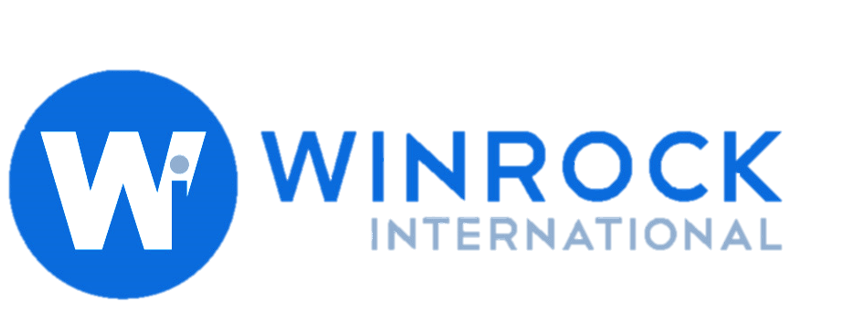Calculation Method
Step 1. Define the criteria of the indicator according to project or program priorities.
-
Decide whether your project or program is most interested in measuring the establishment or improvement of GMs by business entities or both. If a grievance mechanism already exists, an initial assessment should be conducted to identify what features exist, and what improvements are of interest with reference to the features below:
-
(a) Anonymous reporting options
-
(b) Multiple reporting channel options
-
(c) At least one reporting channel that goes to an independent third party [specify which kind]
-
(d) Reporting options that are zero financial cost to workers
-
(e) Reporting options in workforce appropriate languages
-
(f) Reporting options with guaranteed notification of outcomes
-
(g) Training provided on how to use the grievance reporting mechanism.
-
(h) Guarantees to workers against reprisals for submitting grievance reports
-
(i) Documentation of reports submitted, and actions taken
-
Define what counts as ‘in consultation with workers’, e.g., whether workers were consulted only once or often, or in a limited time frame. Consider within this definition of ‘consultation’ whether women and migrant workers (where applicable) were involved in any design consultation process.
-
Define ‘legitimate’ representatives for the purposes of using this indicator as this will vary according to context. For example, ‘independent of the business entity’ AND ‘having a public record of successful workplace remediation between workers and business entities’.
-
Specify which representatives count for being to be included as having met the terms of this indicator. This may be a single category of representatives (e.g. CSOs) or a list of potential representatives (e.g., CSOs, union and independent worker committees).
-
Decide which features of GMs from (a) – (i) should feature in the indicator for your project or program.
Step 2. Count the # of business entities that meet the terms of terms of the indicator including the criteria defined in Step 1 and note this alongside the total number of targeted business entities.
How to collect and analyze data
This indicator is intended for use by CSOs that are engaging with business entities and / or workers. Project engagement records and interviews can be used to assess whether individual business entities meet the terms of the indicator.
For each business entity being assessed, engagement records should be systematically developed during the project or program detailing the types of engagement activities themselves. This may include information shared about the consultation process during development of the GM or any features of it relating to (a) – (i) during meetings, email or in-person communications, public events, private or public documents shared by the business entity, or other engagement activities. It may include information on engagements with business entity personnel, workers or relevant worker bodies (e.g., worker committees or unions) and other relevant parties on GM design (including GM features (a) – (i)), implementation, grievance report monitoring or radiation of reported grievances.
Interviews with workers may also be used to gather information to understand if a business entity meets the indicator criteria.
Example interview questions for workers:
-
Have you or any other workers you know at this business entity have been able to input to the design of the GM?
-
How have you or any other workers you know been able to provide input (In person? In group settings? In writing? At a single time point, or in multiple stages?)
-
Have you received training on how to submit grievance reports?
-
Have you or any workers you know tried but been unable to submit a grievance report (if YES, what issue did you encounter?)
-
Etc.
Example interview questions for business entity personnel:
-
Which reporting channels do workers have as options for reporting specifically?
-
Which independent third party receives or will receive grievance reports via this GM?
-
Can you describe how anonymity is ensured in any of the reporting options?
-
Etc.
Using the information collected in project or program engagement records and interview data, the number of business entities that meet the terms of this indicator may be counted.


